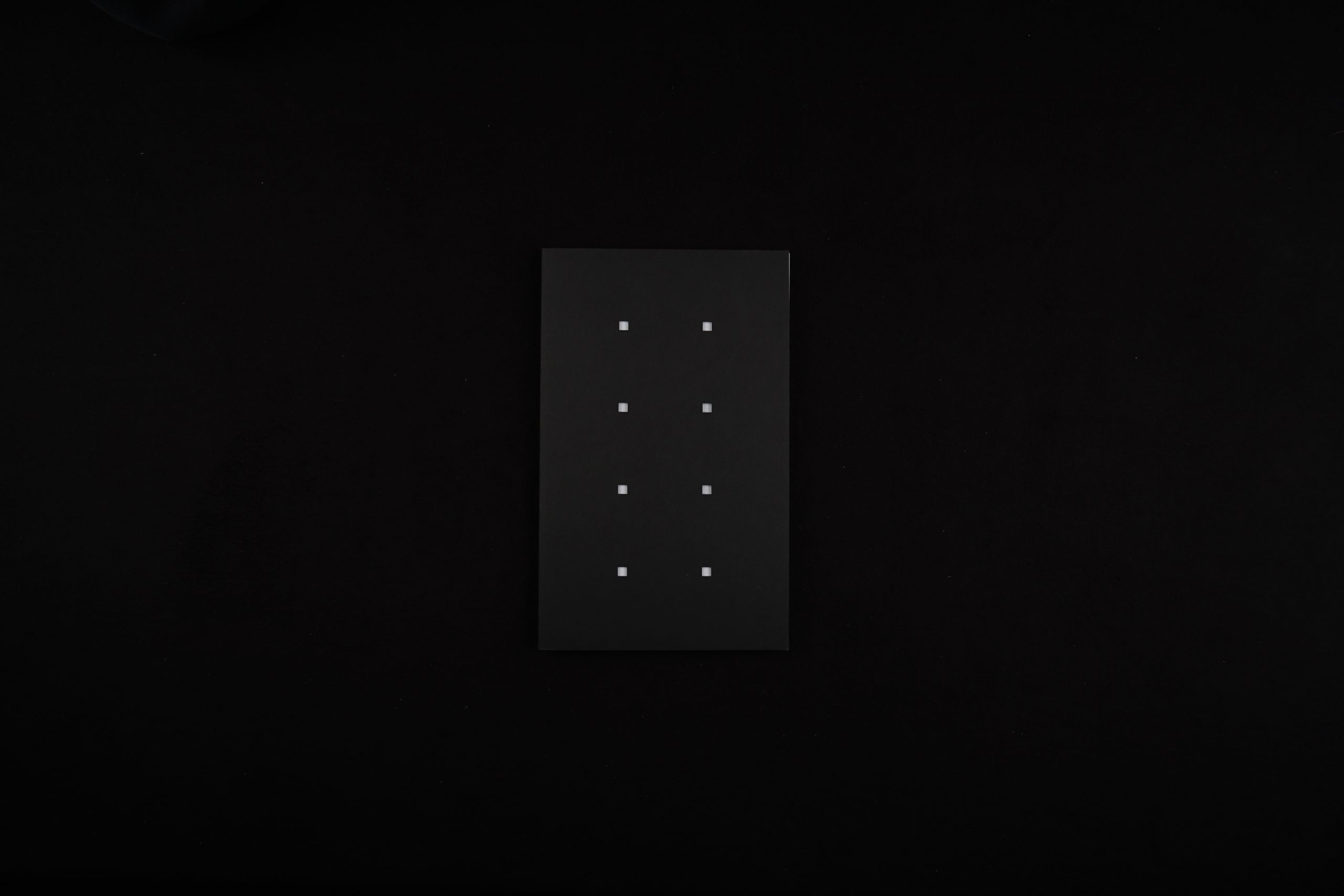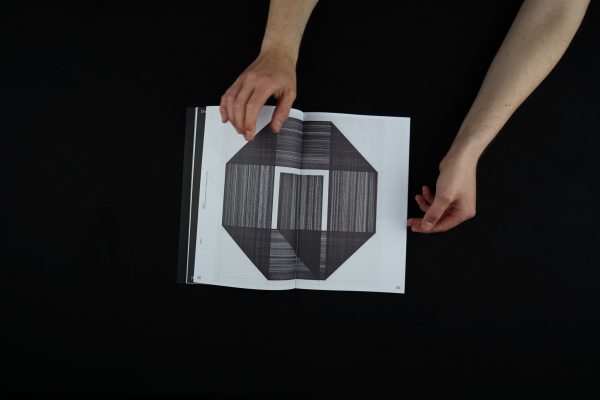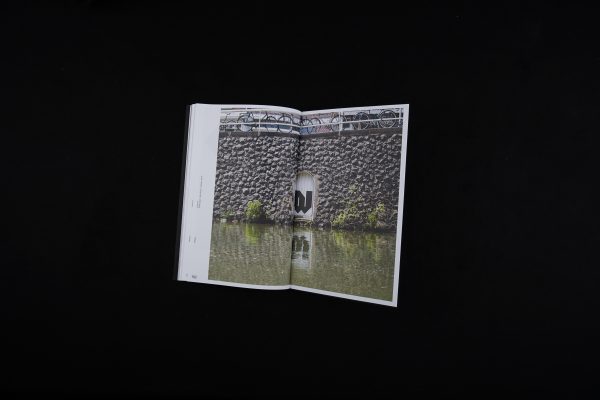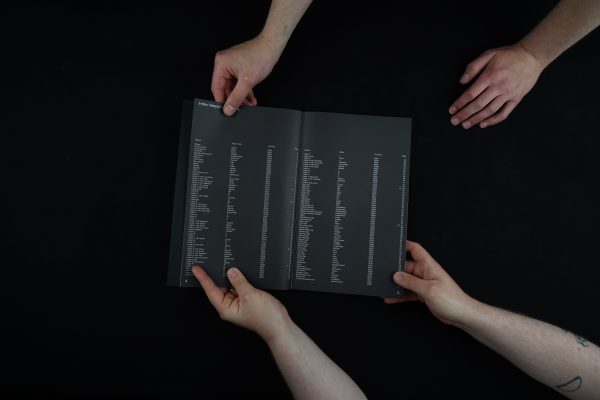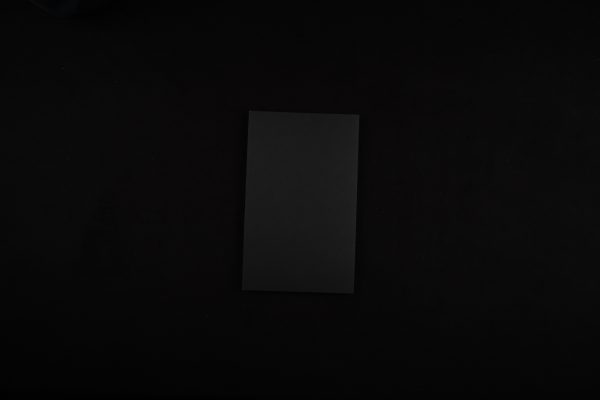Nespor
Nespor
Extremely precise type specimen by Daan Rietbergen on his typographic system ‘Nespor’. The book and the type converse with each other by sharing a similar grid-based attitude and by expressing a similar boldness and confidence.
The cover refers to the usual graffiti “blackbook”, an anonymous sketchbook containing graffiti sketches.
The hole punctures link back to the grid on which the glyphs are constructed. What follows is a detailed specimen outline, detailing which glyph can be found on which page. From there, spacious spreads show the glyphs and the book transitions to real-life applications.
Despite its strong specimen focus, the book is not only of interest to typographers. Combining the computer glyphs and the physical and tactile implementations of the font, the book shows how type comes from life and goes back to it.
- Ondertitel
- Type specimen book
- Auteur
- Daan Rietbergen
- Kunstenaar
- Daan Rietbergen
- Serie
- No
- Oplage
- 250
- Omvang
- 184
- Prijs
- € 49
- ISBN
- 978-90-9034349-5
- Verschijningsdatum
- 01-04-2021
- Uitgever / Opdrachtgever
- Daan Rietbergen
- Ontwerper(s)
- Daan Rietbergen (Utrecht)
- Fotograaf
- Daan Rietbergen
- Drukkerij
- Pantheon Drukkers
- DTP / Zetterij
- Daan Rietbergen
- Lithograaf
- Marc Gijzen
- Boekbinderij
- Josuma
- Bindwijze
- Genaaid gebrocheerd, open rug.
- Lettertype
- Helvetica Neue, Linotype
Extremely precise type specimen by Daan Rietbergen on his typographic system ‘Nespor’. The book and the type converse with each other by sharing a similar grid-based attitude and by expressing a similar boldness and confidence.
The cover refers to the usual graffiti “blackbook”, an anonymous sketchbook containing graffiti sketches.
The hole punctures link back to the grid on which the glyphs are constructed. What follows is a detailed specimen outline, detailing which glyph can be found on which page. From there, spacious spreads show the glyphs and the book transitions to real-life applications.
Despite its strong specimen focus, the book is not only of interest to typographers. Combining the computer glyphs and the physical and tactile implementations of the font, the book shows how type comes from life and goes back to it.
- Ondertitel
- Type specimen book
- Auteur
- Daan Rietbergen
- Kunstenaar
- Daan Rietbergen
- Serie
- No
- Oplage
- 250
- Omvang
- 184
- Prijs
- € 49
- ISBN
- 978-90-9034349-5
- Verschijningsdatum
- 01-04-2021
- Uitgever / Opdrachtgever
- Daan Rietbergen
- Ontwerper(s)
- Daan Rietbergen (Utrecht)
- Fotograaf
- Daan Rietbergen
- Drukkerij
- Pantheon Drukkers
- DTP / Zetterij
- Daan Rietbergen
- Lithograaf
- Marc Gijzen
- Boekbinderij
- Josuma
- Bindwijze
- Genaaid gebrocheerd, open rug.
- Lettertype
- Helvetica Neue, Linotype
